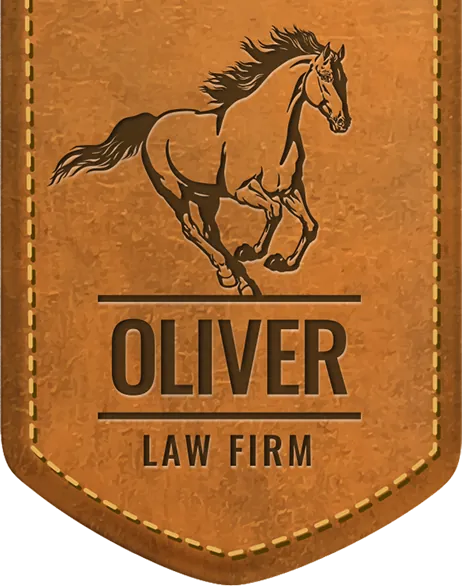Unraveling the details and assessing fault after a car wreck is rarely easy. Adding a third vehicle into the equation can complicate the process exponentially. Here, we will look more closely at liability law, including Joint and Several Liability, through a hypothetical three-car wreck.
A common multi-car wreck scenario involves three vehicles: one in front, one in the middle, and one in the rear. So, what are the possible outcomes? First, the middle vehicle, for whatever reason, might rear-end the front vehicle. The rear vehicle then crashes into the middle vehicle, pushing it farther into the front vehicle. Alternatively, the rear vehicle might rear-end the middle vehicle and push it into the front vehicle. In the first example, the middle vehicle would seem to assume liability. In the second, the rear vehicle would seem responsible. But there are more details to consider.
The previous examples assume that one driver must be at fault, while the others are victims. But what if the drivers of both the middle and rear vehicles are texting at the moment of the crash or under some other impairment? Are both equally responsible? Some states apply a rule called Joint and Several Liability. Under this rule, the victim in the front car could sue one of the two drivers for all damages, leaving the two tort-feasors to settle their contributions in a separate setting. Arkansas all but abandoned this rule with the Civil Justice Reform Act of 2003, which would seem only to allow a joint liability claim if the middle and rear drivers somehow conspired to crash into the front driver.
In Arkansas, offending drivers or tort-feasors are responsible for their percentage of the total damages as determined by the court. Assessing these percentages relies on several lines of evidence. First, eyewitness testimony can be crucial in determining which vehicle struck first. Driver testimony is also very important, particularly if the middle and rear drivers disagree about the details. Also, direct vehicle evidence can help determine which vehicle struck first, but this evidence can sometimes be skewed by variables like vehicle customizations and after-market bumpers.
There are still many unanswered questions and additional considerations. For instance, what if the lead vehicle wrecks as a result of distraction or a jaywalking pedestrian or an animal in the road? Or what if non-parties play some role in causing the wreck? As a result of a 2009 State Supreme Court ruling, Arkansas currently has no procedure for litigants to assess the fault of non-parties.
The complexity of three-vehicle crashes and assessing the fault of all parties involved can be a costly and daunting prospect. Employing a firm with the experience and resources to investigate and litigate a case from beginning to end is paramount. Whether you are a victim or another lawyer or firm, Oliver Law Firm is ready to take your case to the finish. Please call today for a free consultation or visit our convenient referral form to refer a client.
a Free Consultation


